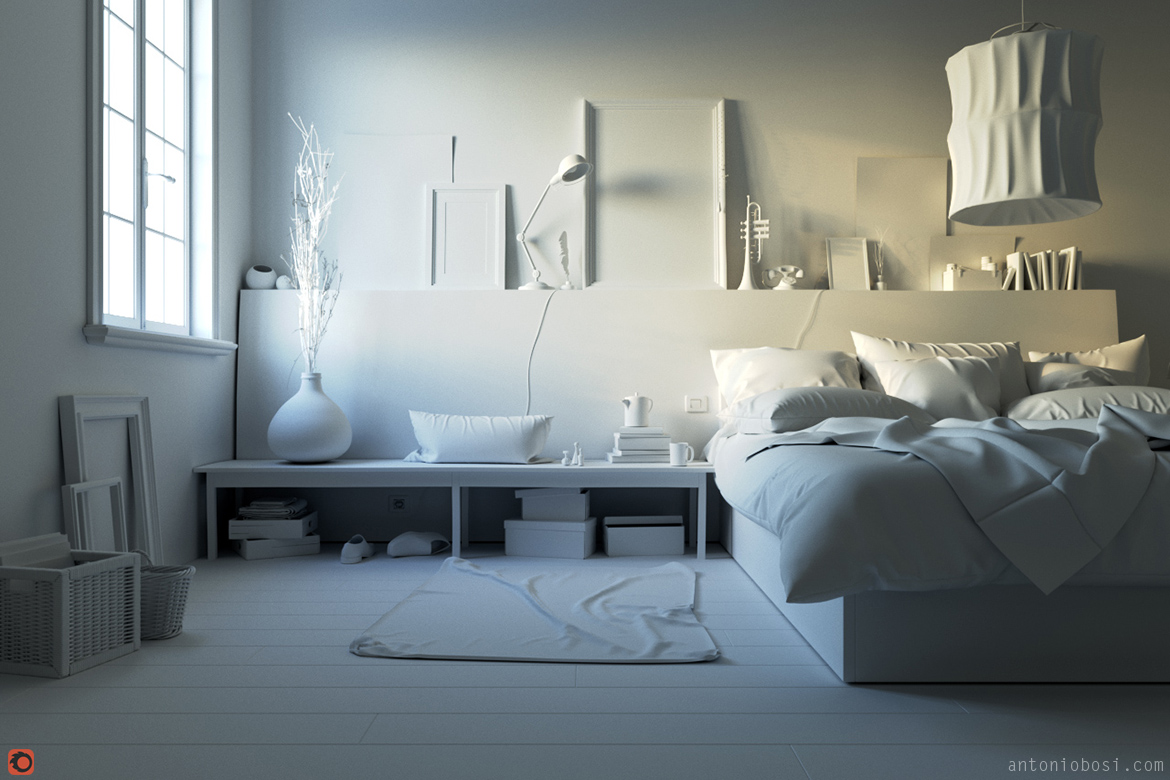
Progressive is also helpful when a set amount of time to spend per render is needed. Additionally, the render can be stopped at any time before resolving completely. Progressive is useful when it is necessary to see overall results quickly (like when placing light, building shaders, or general Look Development work) because it generates the whole image at once and progressively cleans up the noise in it. When Progressive is disabled, the image is rendered in buckets. Disabling the Progressive toggle is the same as using the the Adaptive image sampler type in previous versions of V-Ray. Finally, textures can be used to add visual interest to the scene, so it is important to select the right ones. Additionally, lighting is a key factor in creating a realistic atmosphere, so it is important to adjust the lighting accordingly. For example, interior designs often require a high resolution to accurately render details such as furniture and decorations. When it comes to interior design, there are some specific settings that should be taken into consideration. By adjusting these settings, users can create photorealistic images that are indistinguishable from real-life photographs. These settings can also be used to create different effects, such as ambient occlusion and depth of field. These settings can be used to control the overall look of the rendered image, from the brightness and contrast to the color and contrast. The main settings include resolution, sampling, environment, lighting, textures, and camera. 

Vray render settings allow users to adjust a variety of parameters to create realistic images.

Read on to learn more about Vray render settings and how they can help you create beautiful interior designs. We'll also provide some helpful tips and tricks to get the most out of your Vray render settings. In this article, we'll explore the basics of Vray render settings, how to use them to enhance your interior designs, and the best settings for different scenarios. Whether you're a professional interior designer or just starting out, understanding the best Vray render settings for interior design can help you create stunning, photorealistic images. They also provide the opportunity to adjust the lighting and other elements of the scene to create the perfect look. Vray render settings allow the designer to create realistic, lifelike images of the interior they are working on. One of the most important tools in the interior designer's toolkit is Vray render settings. With the right tools, it can be a rewarding experience that produces beautiful and satisfying results. Interior design is a complex and demanding craft.







 0 kommentar(er)
0 kommentar(er)
